Nowhere Diary and Polaroid: Robin Glass
An exclusive interview with photographer Robin Glass about his experience with the new Polaroid I-2 camera
I’ve been looking so much forward to bringing you this exclusive interview with photographer Robin Glass in collaboration with Polaroid!
Polaroid recently launched their brand new Polaroid I-2 camera and I have had an exclusive talk with Robin Glass about his experience, using the new Polaroid camera including some amazing new features never before seen in a Polaroid camera.
Happy reading!
What's your backstory?
I was born and currently live in New England. My earliest connection to the arts was through music, and as a young child, I performed often. While doing this I began to experience the purity and directness of artistic self-expression. Music and photography are very connected for me, they allow me to express myself in different ways yet I feel they ultimately inform each other. Making music feeds my inspiration for making photographs and making photographs spark ideas and moods in me for sound and songs. I was first exposed to photography as an art form in adolescence when I observed my older brother’s interest in it, and additionally I have several relatives who were photographers. One of them was my grandfather who has passed, and coincidentally actually worked for Polaroid for 30 years, so it was an interesting and charming synchronicity when I was first offered to do this project. I took my first-ever analog darkroom photography class in high school under the guidance of Anne Rearick, an incredible photographer, mentor, and teacher. This began my own personal relationship with the medium. It wasn’t until this class that I was encouraged to consciously and carefully consider the idea that when constructing an image within the viewfinder of a camera and looking out at the world, there is potential for that frame to express important information or evoke emotion. I realized photography was not just a way to sell something or to preserve a personal memory; it was also a powerful tool and a unique language that can affect us deeply. I suppose some would say this was a realization of something obvious, but for me at the time it was like discovering a new and exciting way of communicating and deepening my relationship with myself and others. Ever since that initial discovery, I’ve been working on personal photographic projects. In my work recently, I’ve been interested in deepening my understanding and relationship with the natural landscape where I live, as well as the ancestral/familial connections I have relating to the region. In the past year, I learned more thoroughly about my relationship on my mother's side to the transcendentalist author Ralph Waldo Emerson, and have been interested in reading more of his essays and thinking about some of his philosophies, especially those which relate to nature. These serve as anchoring points for the work.
How do you achieve the look of your photographs and could you take us through the process?
An aspect I like to consider when photographing is how I can do my best to make an image that feels honest and intimate. If I’m photographing people, I want to build a sincere relationship with them. I try to do whatever I can to encourage them to feel comfortable and to express themselves honestly. Sometimes this can just be by spending a lot of time with someone and being quite selective about when I choose to make a picture - allowing for enough space and time for the person to maybe not even think about the camera. If I’m making a picture of an environment or place, I like to try and create this same kind of close relationship by returning to it a few different times and make the effort to notice something different from the previous time I made the picture. On a technical level, I choose to work with a wider to medium focal length. I like that it forces me to relate physically to the subject. I try to really take in the essence of what’s in front of the camera before making the picture, and I think one way of doing this is by being forced to get closer. Although the effect of a standard-wider angle lens may be subtle aesthetically, there’s a quality of intimacy when the lens is physically closer to the subject that I think can be felt in the final image.
In addition to photography, I have worked on several films as a cinematographer (director of photography). Although the two mediums have many differences, the biggest being of course that one has motion and the other doesn’t, in essence, there are strong similarities. It feels as though the same “muscles” are being flexed in terms of attention to the details of certain aesthetic principles, as well as in the sense of simply trying to tell a story, evoke an emotion, or communicate something with images. Out of all of the visual principles of photographic image making, the one that has been particularly influenced by filmmaking for me is light. A large part of working as a cinematographer is taking the time to control and shape light as much as possible to achieve the desired outcome. Although when I’m photographing I'm mostly working with natural unpredictable light rather than controlled artificial light, filmmaking has encouraged me to try to take on a similar amount of care and attention when making pictures. Working slowly, paying attention to the contrast ratios between light and shadow, and trying to pre-visualize how tones will ultimately render in the final print based on exposure and development is a large part of my practice. My hope is that the quality of light in the photograph and in my work overall displays itself as its own character and has its own noteworthy presence, just as the physical people or elements in the frame do.
Could you tell us the backstory of some of these Polaroid photographs?
At the start of this Polaroid project, I thought I should drive somewhere far, or come up with grand ideas for pictures. But as the process began, I found the most natural and interesting photographs in the environment near me. My hope was to make images that felt simple and sincere, and the way that this worked best was by photographing the people and places closest to me. I approached making these photographs in a way that combined spontaneity and planning; some of the images came through naturally in organic and unexpected ways, and others were a result of attention I garnered toward time of day, lighting, and locations I wanted to revisit. I combined a mixture of portraits and landscapes that created a world that I hope can be felt emotionally. The ephemeral and imperfect quality of the Polaroid images seemed to match the nature of this world, one that is uncomplicated and fading.
Where do you see yourself as a photographer in 10 years from now?
I wish I had a more clear answer, but I think it’s really hard to say! One thing I do know is that I at least hope to be making photographs of places and people I love. I think it’s hard to ask for more than that.
When I try to dream about it more specifically, I hope to be making photo books of my personal projects and I hold a vision to live and work somewhere with a dedicated darkroom connected to a studio space that supports me in creating photographs and music. I’d like to share the space with other artists and support their practices. I also notice that myself and my creative work are very impacted by the local natural environment. I’d like to be somewhere with mountains, forests, and streams nearby.
Where do you see photography versus AI in 10 years from now?
Although it may be an overly optimistic outlook, I believe there will always be a place for photography in the "traditional" sense, at least in a fine art format. I believe the fine art photography community will always exist and advocate for traditional human-operated lens-based image-making. I believe humans will continue to appreciate work made by other humans in a physical “real world” way, and those who appreciate it will keep desiring to make work in that same physical way themselves.
When it comes to commercial or editorial formats of picture-making moving forward, I do see AI-generated images being more heavily utilized by companies that are seeking images particularly quickly and at a low cost. One thing I remember a few people saying only a year ago was ‘well I don’t think it’ll ever affect news article commissions because the photographer has to go photograph whatever the topic is in person.’ At a certain point, I felt I agreed with where the technology was at. The thing now is, just in a year, the technology is already immensely better and the images are far more realistic and specific. So I believe it will come down to the integrity of individual publications to determine whether they want to share images of things that are happening in the physical world taken in person by a human, or AI generate a highly realistic and convincing image of a very similar scene. All of this being said, it is just my feeling and speculation as it’s hard to predict. I suppose time will tell, and photographers and publications will have to decide how much to embrace AI or defend photography as we've known it.
What advice do you have for aspiring photographers?
That’s a really interesting question. As an early-career photographer, I’m also aspiring, so any advice I’d give others will be for myself as well. I don’t believe or know that there is one right way of making art or being a photographer, but I can express my personal experience so far, and share some ideas that have helped me along the way. I’ve found patience to be one of the most important virtues to practice as a photographer and artist in general. I think in order to make work that possesses substance, it must be something I have fully immersed my heart into, and more often than not, this immersion takes significant time. I know for myself when I think making work “faster” will get me to the “goal” faster, it tends to backfire. One way I’ve heard this idea expressed is like trying to accept that a river flows at its own pace, and the more patient you are the more it picks up speed.
I think another thing is to be thoughtful about consumption and to eventually “turn down the noise” once in the phase of actively creating. It is important for me to try to cultivate a space of quiet and get really in touch with my intuition about what I feel compelled to make. I think that can be difficult to do If I’m feeling over-stimulated by certain kinds of media or things that can feel too far outside of myself and my immediate surroundings. It can be interesting to instead be stimulated by what’s right around me in my direct physical experience. This is a kind of stimulation that seems to help me become more present and grounded in the process of making, rather than a kind of stimulation that can cause me to overthink what I’m making.
One final piece of advice I would give myself and others is to try to not be too overly attached to a certain kind of outcome regarding how the work may be received by an audience, and instead just focus on the creation process in the moment. I think this is such an important mental space to get into (as hard as it can be to do so), because it removes any reluctance I may have to follow my instincts or take risks. It’s not that the audience doesn't matter or that one shouldn’t care about them, it’s quite the opposite. I think it’s a disservice to the audience to try and predict what they want to experience. I feel the role of the artist is not to try and get into the audience’s head, but rather to share and enlighten a unique perspective, hopefully presenting it in its most honest and unfiltered form.
What does imperfection mean to you?
To me imperfection is what it means to be human. The best word or essence I can think of to describe it is naturalness. To be imperfect is to be natural. When there is a sense of imperfection in any piece of art it feels natural - it feels human. Imperfection also in my opinion can often even be beneficial to the work, and fill the piece with a sense of energy and depth. I believe we can relate to and connect more easily with imperfect pieces of art as humans because there is an inherent suggestion of humanity within them.
Should perfection be an aim for photographers?
I don’t believe the aim for photographers should be perfection but I do believe it should be truth. I think the aim of the artist is to be as truthful and authentic to themselves and to others as possible, and that practice in itself becomes the perfection of the work.
Is your approach to photography more considered/thought out or instinctive/based on gut instinct?
Honestly it is a mixture for me, but I think overall I lean more towards an instinctive approach when making images. Shortly after I first began photographing I read “Beauty in Photography” by Robert Adams, an amazing book that introduced me to his compelling essays and deeply affected my philosophical conception of photography and visual art. After I finished the book, I came across an interview with Adams where he stated, “The notable thing, it seems to me, about great pictures is that everything fits. There is nothing extraneous. There is nothing too much, too little, and everything within that frame relates. Nothing is isolated. The reason that becomes so moving is that the artist finally says that the form that he or she has found in that frame is analogous to form in life. The coherence within that frame points to a wider coherence in life as a whole.” When I first read this quote it just felt so resonant for me and influenced my approach to making photographs. It’s interesting because one may think that because this is an analytical idea, my approach would then lean more towards the “considered/thought-out” side of things. However, I believe that the idea Adam’s is explaining here is an idea that is meant to be felt by instinct rather than to be intellectualized in the mind. Although this notion of coherence within the frame is, on a physical level, pointing to one's compositional decisions that then create this feeling of coherence in the photograph, it’s also something more than that. I believe It’s about having the receptiveness to instinctively feel this coherence, and allow that feeling to trigger the decision to make a photograph. It is a type of inner knowing that a picture should be made, and it arises when all of the elements within the frame seem to come together, harmonize and just feel right. Whenever I am photographing, I try to open up to and allow this kind of intuition to come through and be an instinctual indicator that a certain picture should be made in any given moment.
How does your approach to Polaroid photography differ from shooting other analog formats?
Working with a Polaroid camera seems to make my approach slightly looser and more spontaneous than it is with other formats. I usually am so meticulous when working with traditional medium format film for example, but with Polaroid photography I find myself wanting to experiment more freely, and embrace the inherent quirks and imperfections the images can have which ultimately make them so unique and special.
Did anything surprising or unexpected occur during your time photographing with the Polaroid I-2?
I think one thing that surprised me was how beautiful the close distance portraits came out when shot wide open at the maximum f/stop. With most or all instant film cameras (at least from what I understand), there isn’t an option to adjust your aperture or shutter speed, so with this camera I was curious to see how these Polaroid images rendered with an intentional shallow depth of field. I for some reason was not expecting it to look as great as it did. With this camera there is definitely a very specific distance from the subject that looks the best when shooting wide open, and when I found that distance, the separation of the subject from the background in the image was really nice I thought.
How do you see the interplay between digital and analog? Should they be separate or can they coexist?
I think both formats can coexist. Each possesses unique qualities and such different strengths and weaknesses, I believe they can both be utilized together in different scenarios. Some may argue that one is fully superior to the other, but to me it just feels like there are unique things each can do that the other cannot, so I think it’s less about which is “better” or should they be separate or not, and more about what medium is right for the particular project to express it most clearly.
That’s it for this newsletter!
If you have any suggestions for interviews, features, topics, interesting work or photo books that I should check out, don’t hesitate to leave a comment or reach out!
Stay safe and keep shooting.
Kim
Follow Nowhere Diary on Instagram and make sure to recommend it to a friend or a colleague!



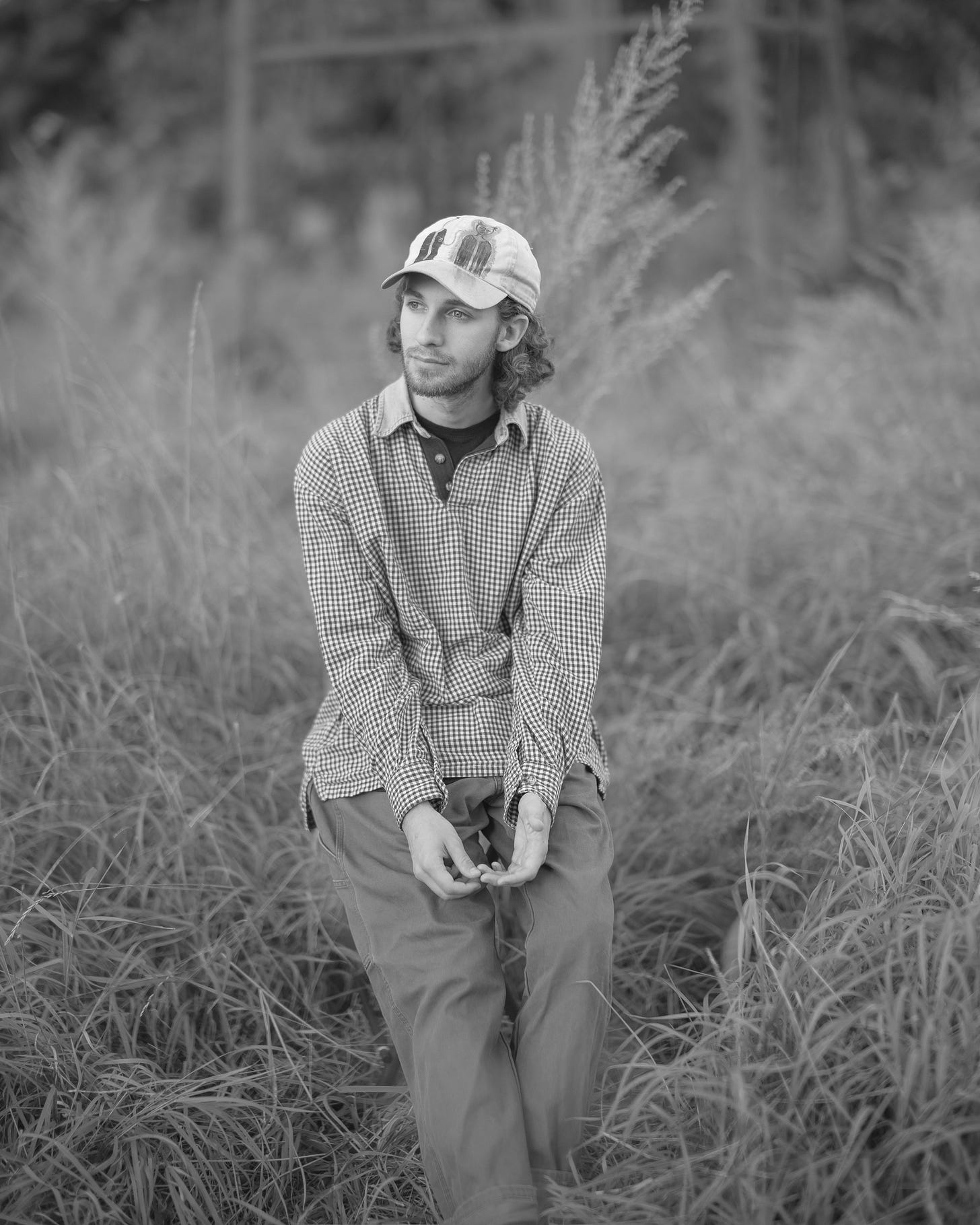
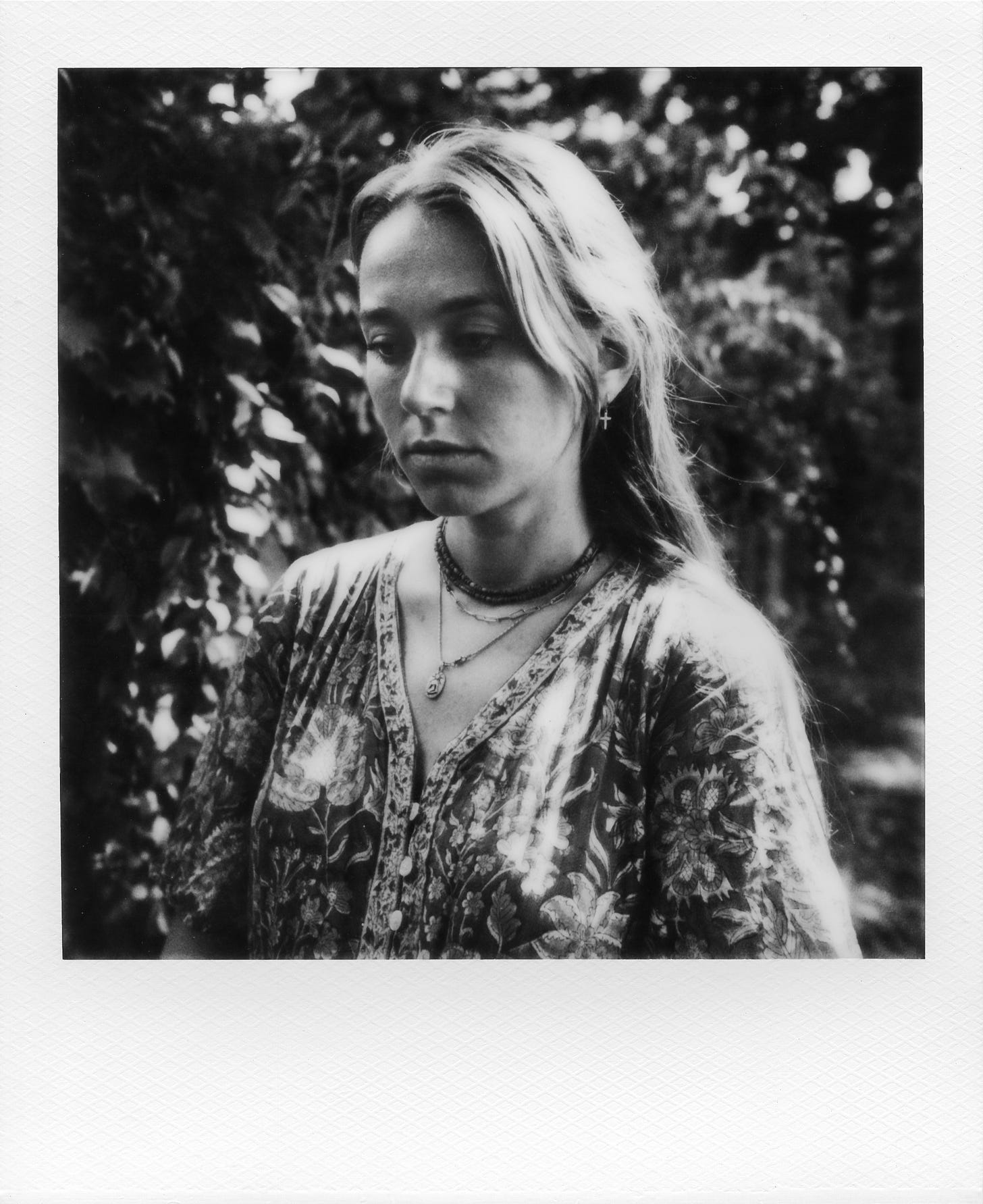

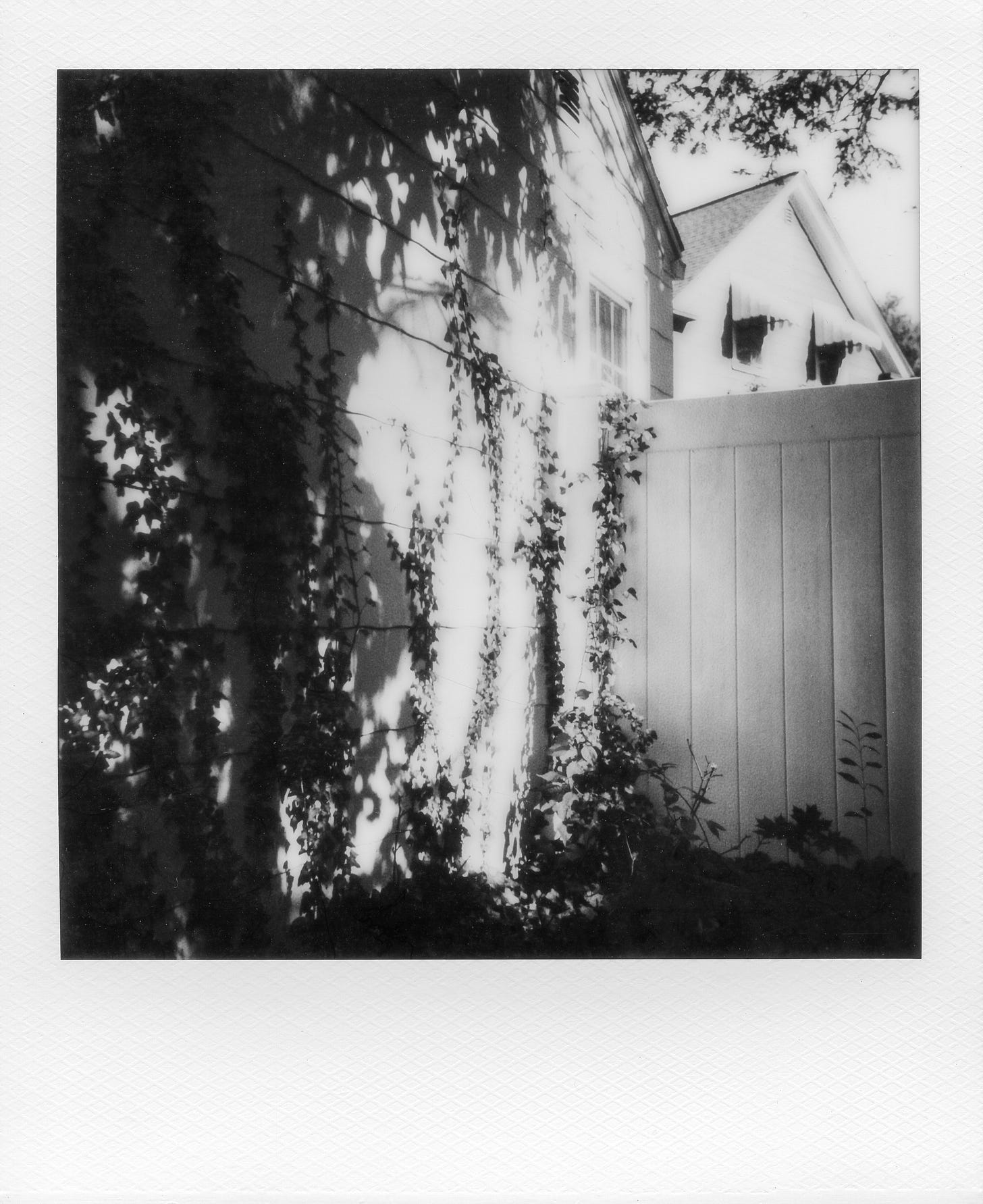
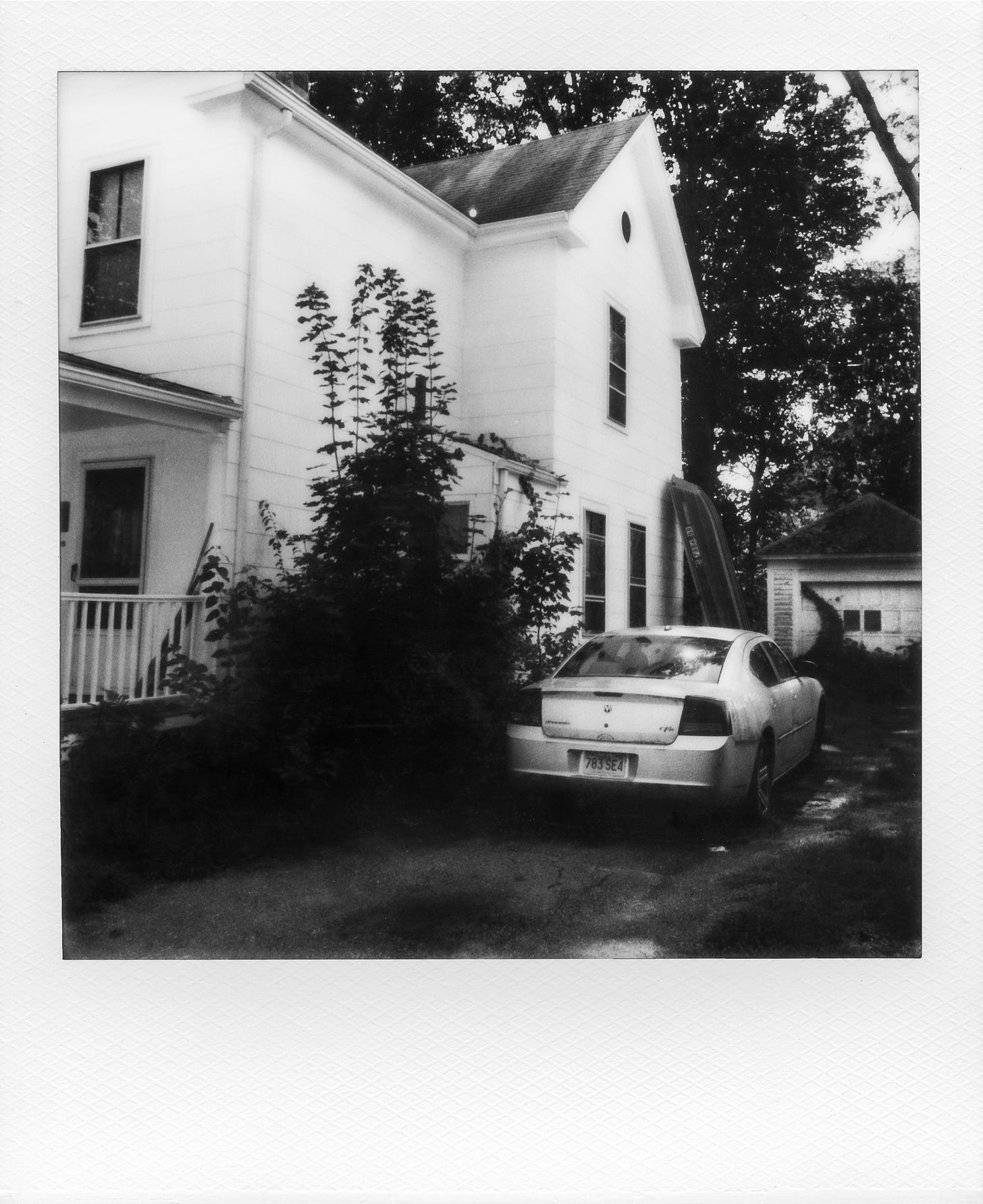
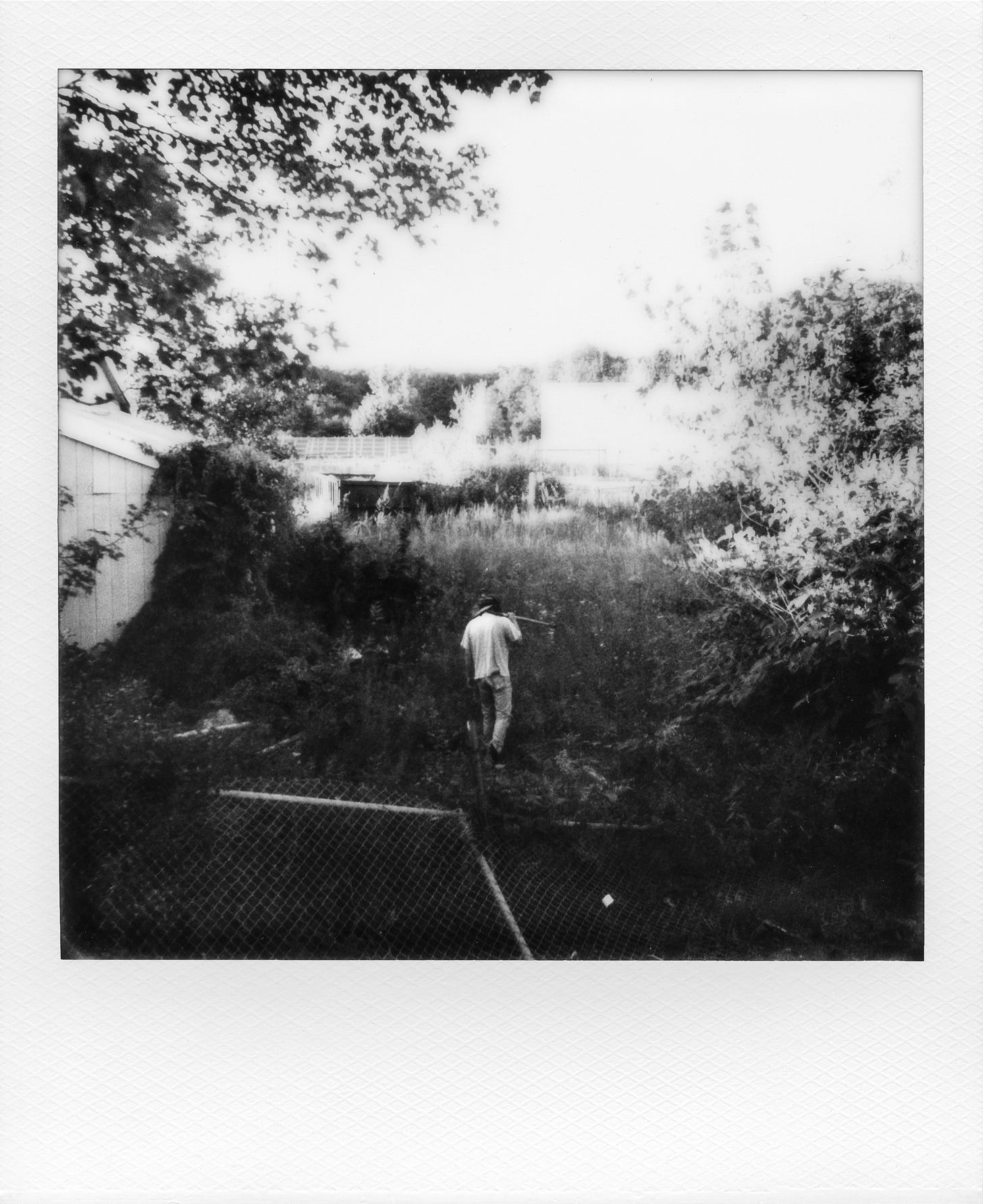
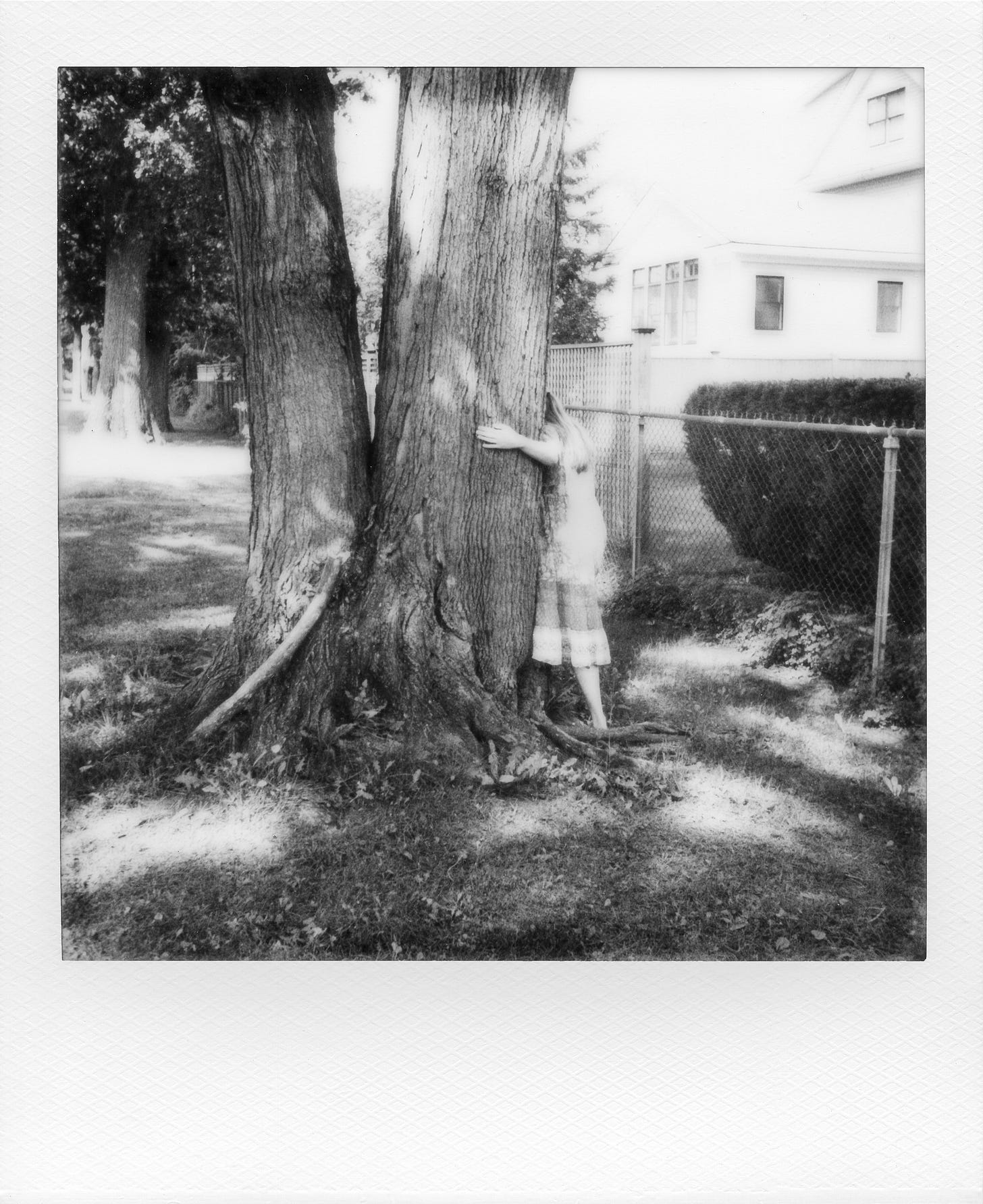
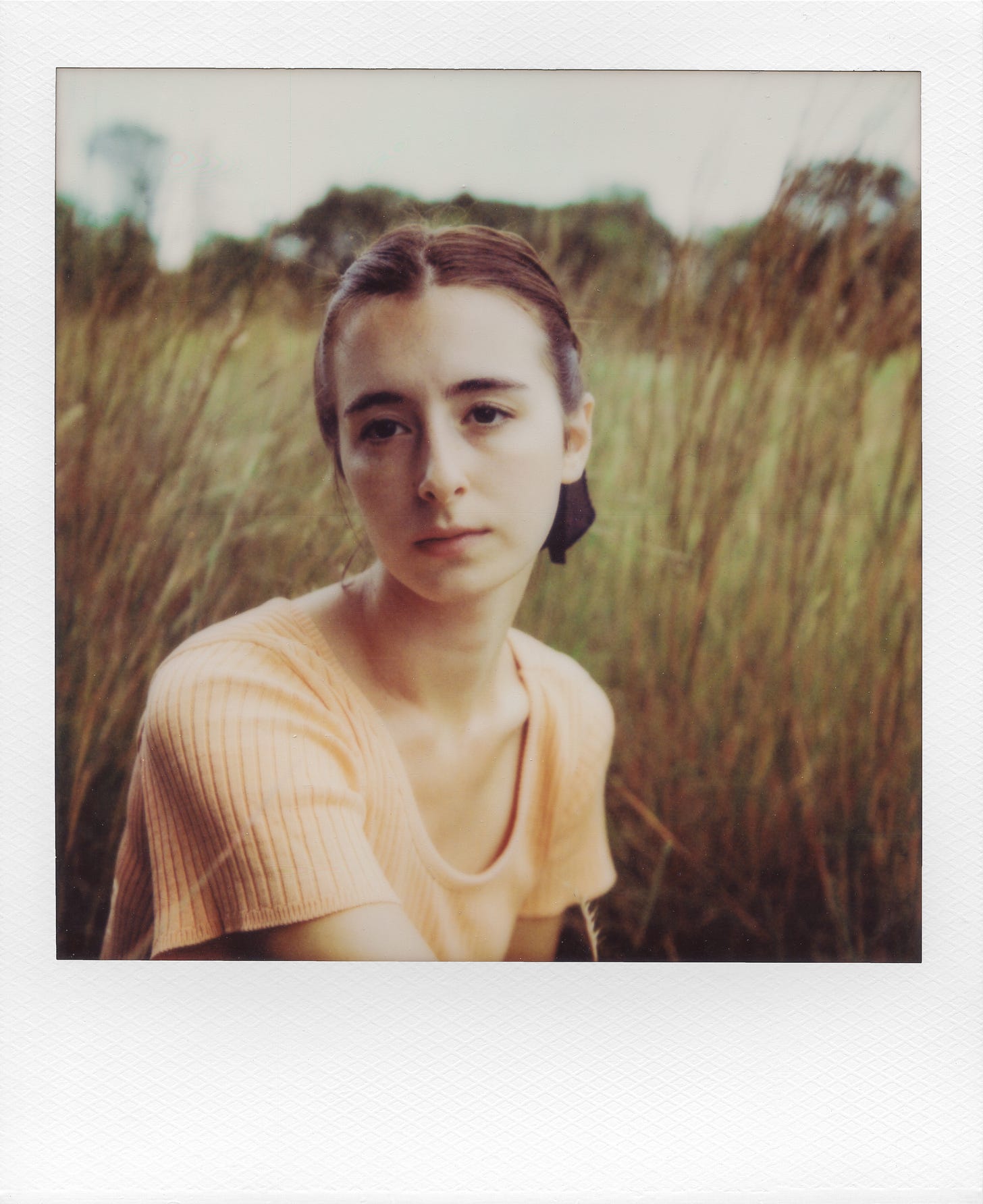
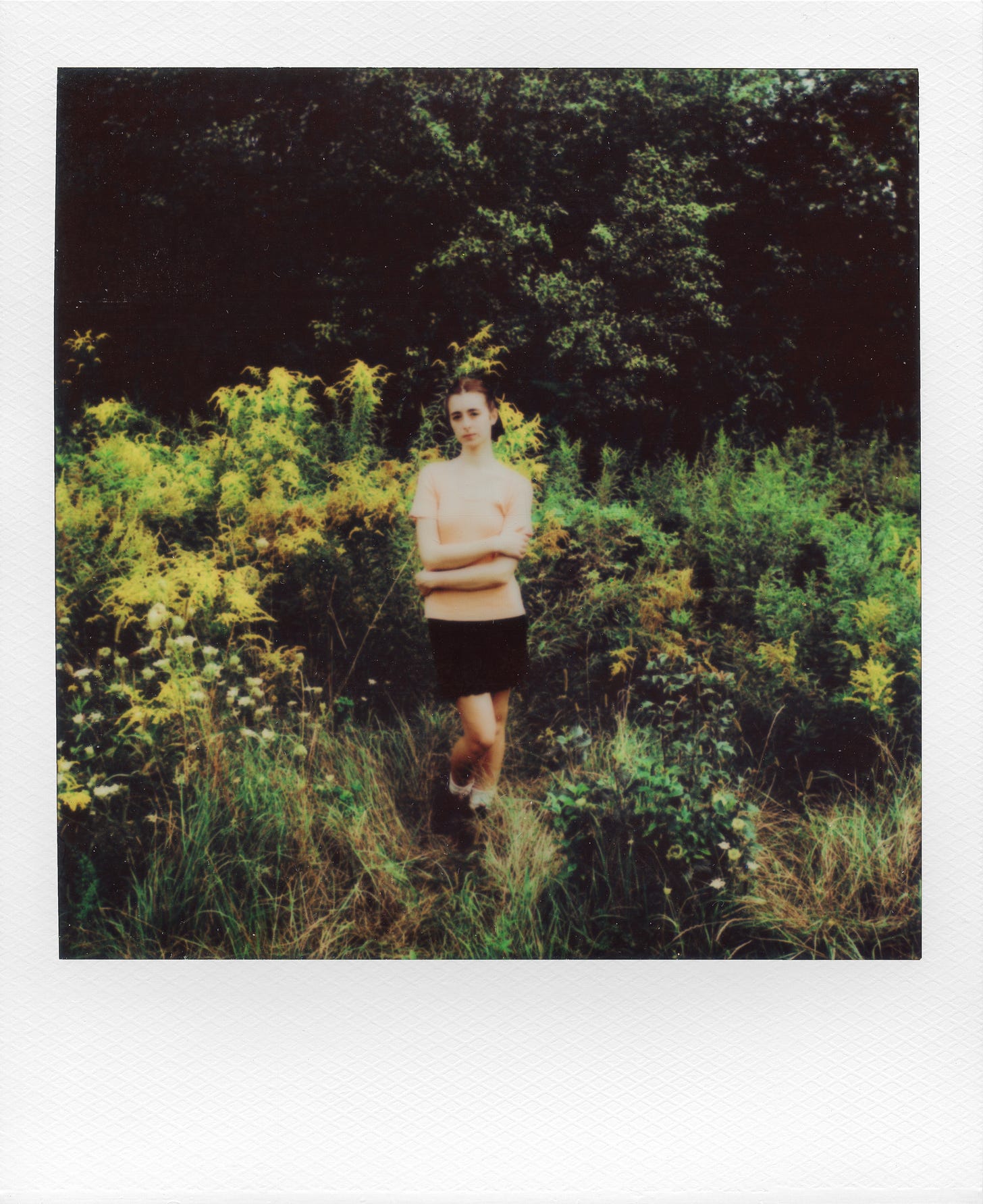

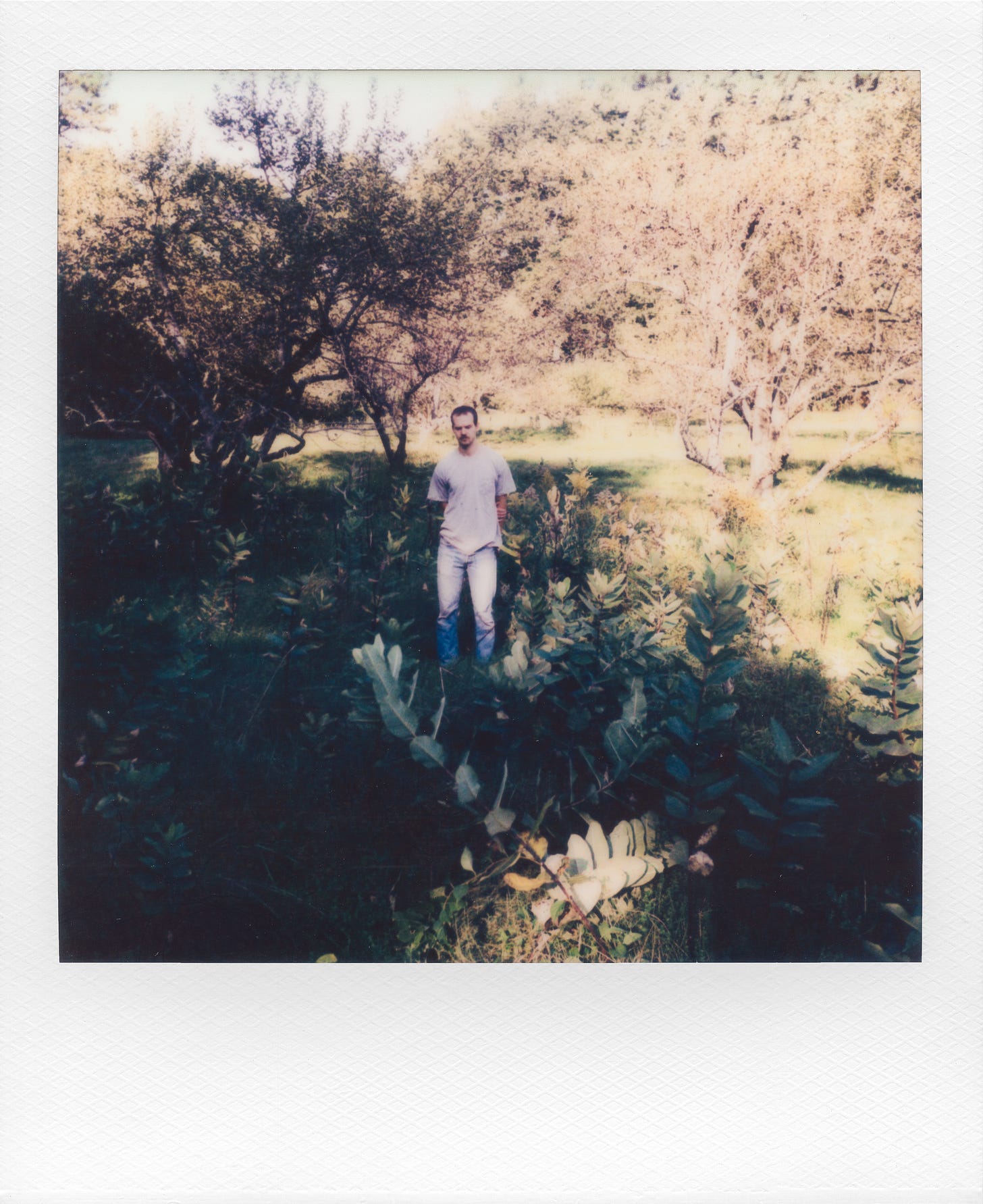
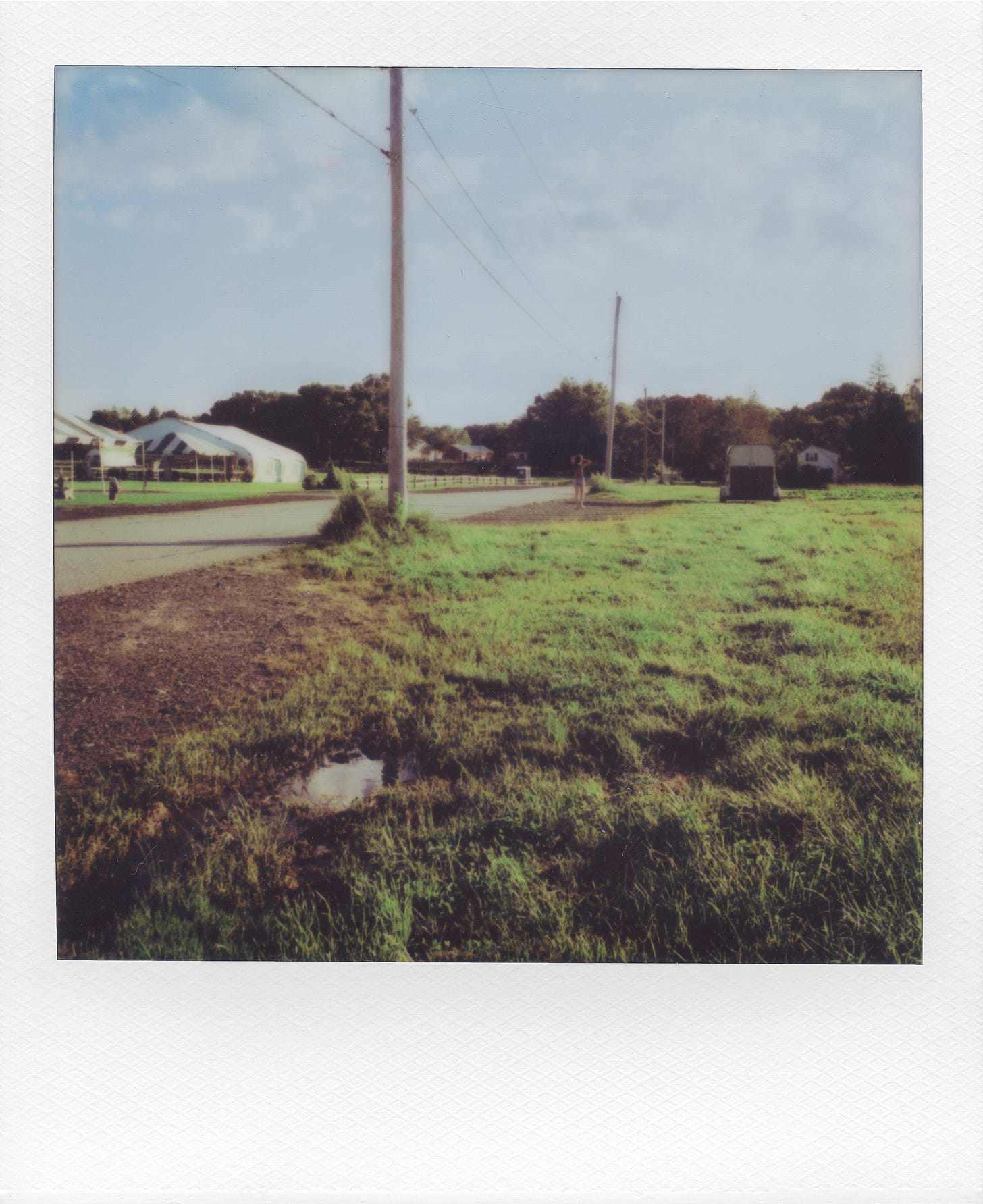

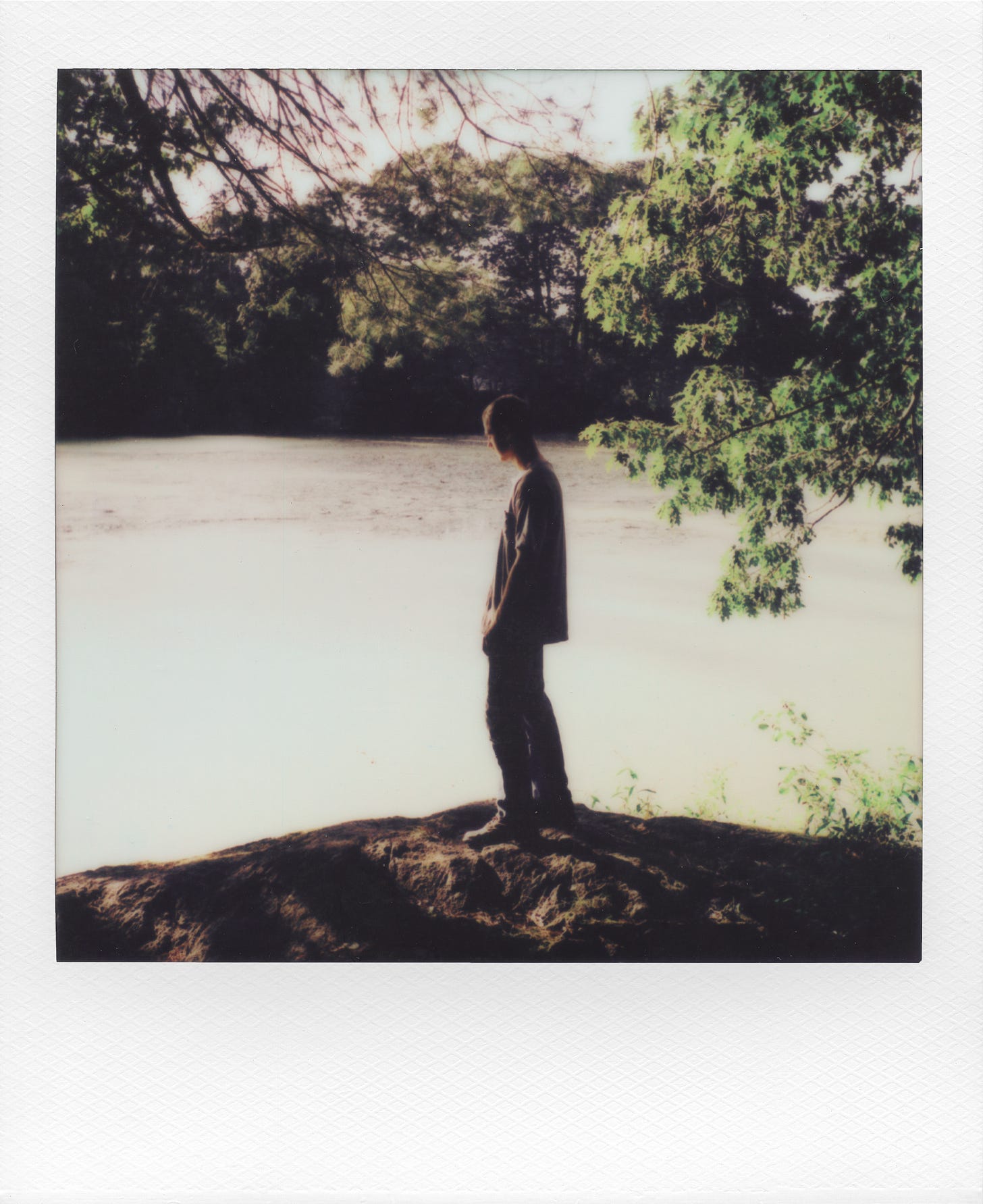
Dear Kim, interesting interview! Beautiful series: I'll keep Robin Glass on my radar. I think he is right about the intimacy of the images by shooting closer to the person. Stunning portraits.